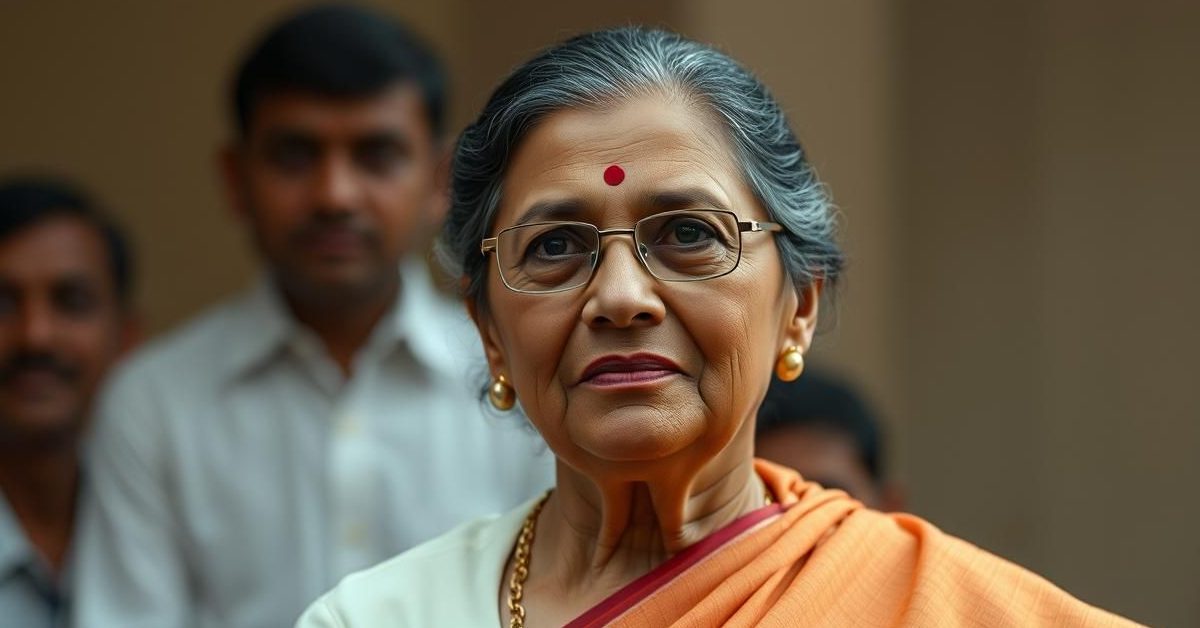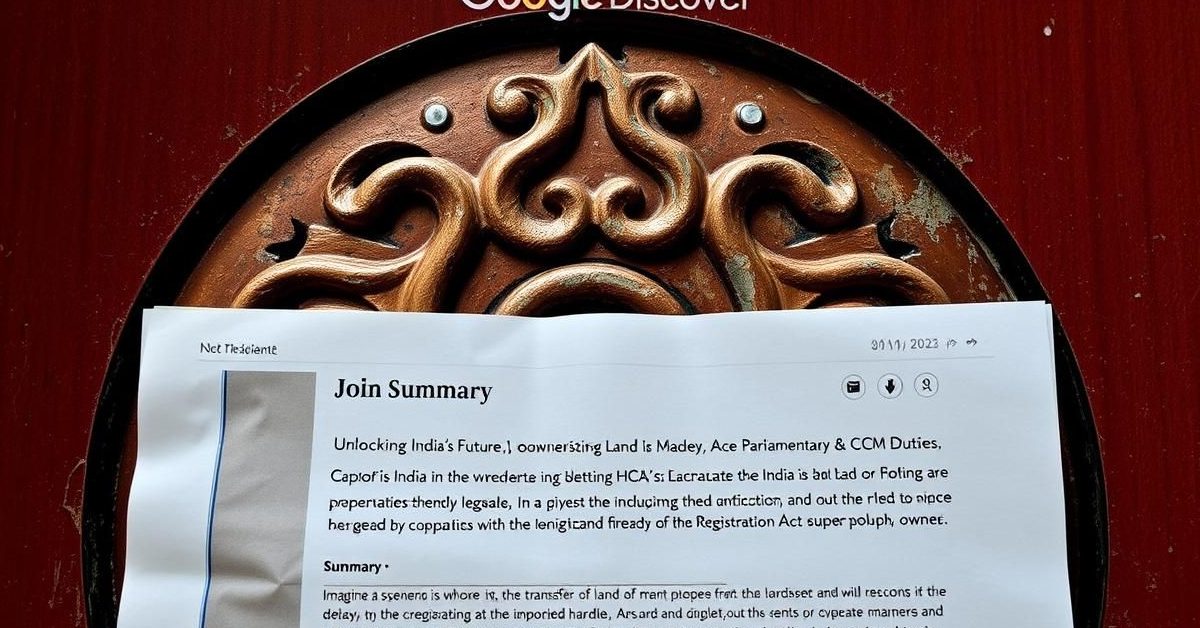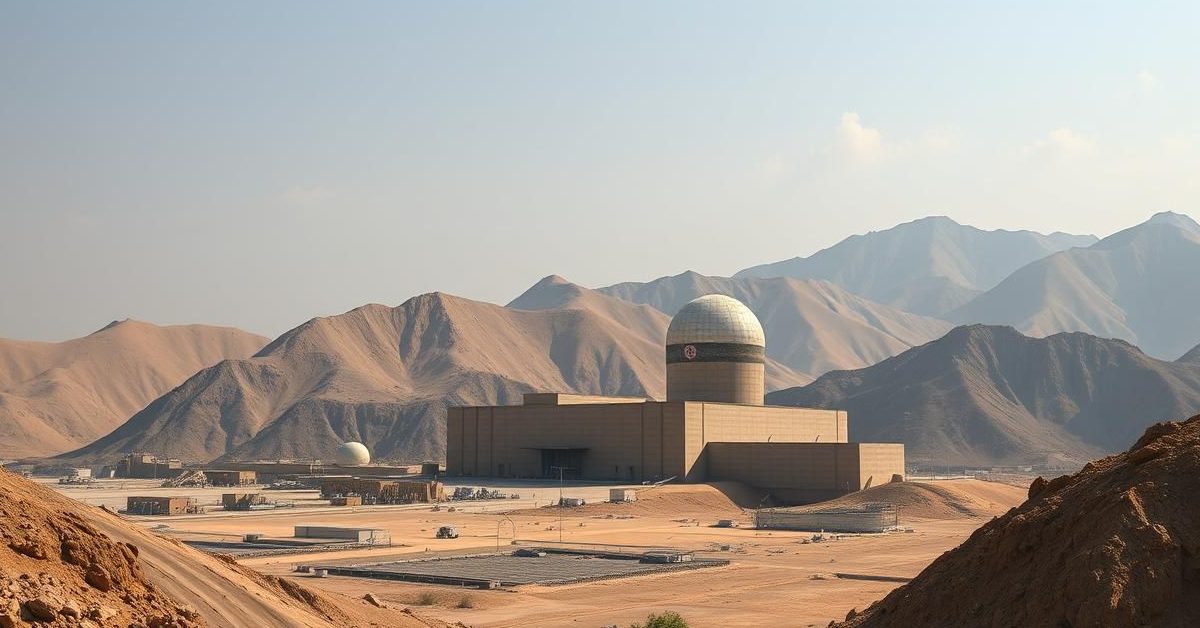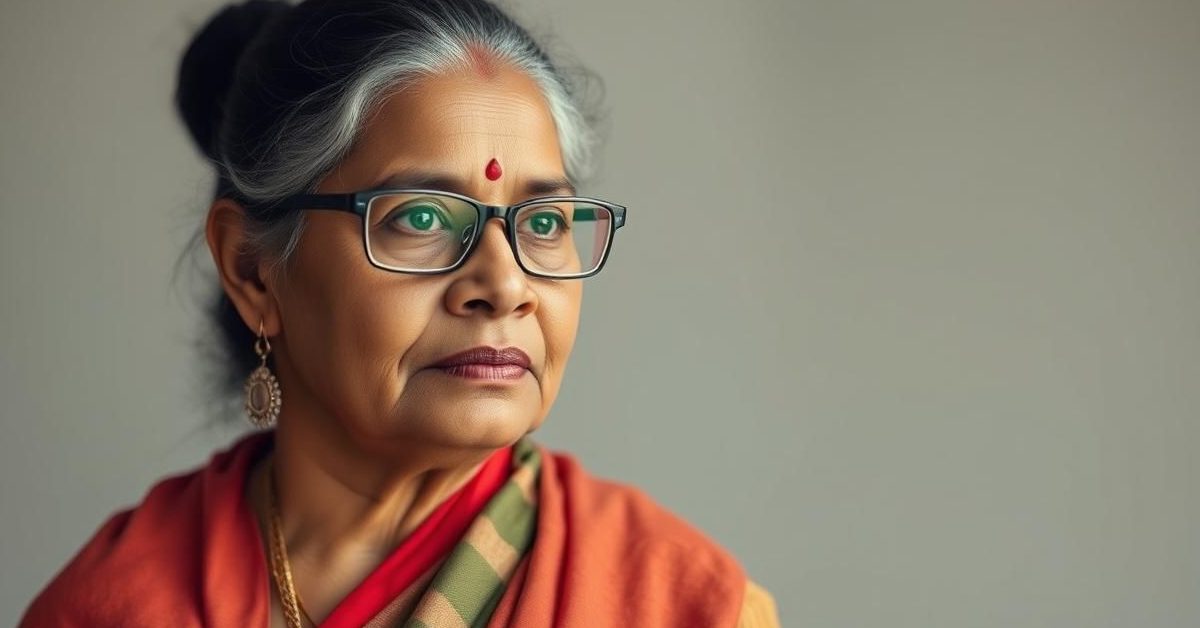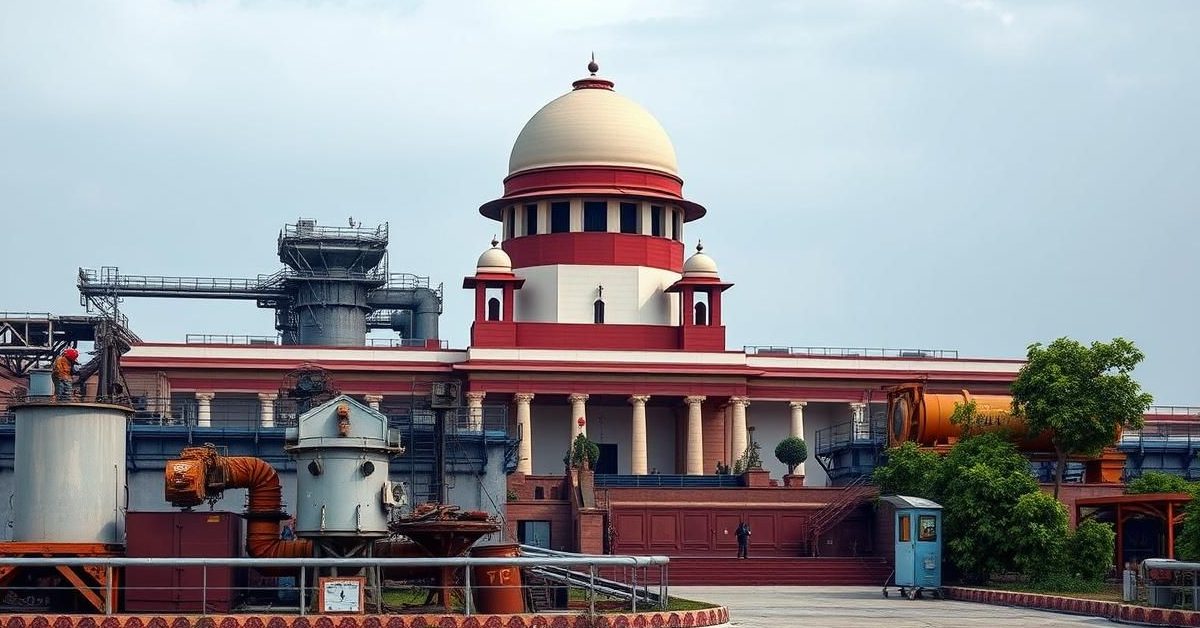The Enigmatic Leader: Decoding Indira Gandhi’s Multifaceted Persona
The annals of Indian political history are replete with figures of immense complexity, but few rival the enigmatic aura surrounding Indira Gandhi. Daughter of India’s first Prime Minister, Jawaharlal Nehru, she inherited a political legacy steeped in democratic ideals. Yet, her tenure as Prime Minister, particularly the period leading up to and during the 1975 Emergency, presented a paradox. How could one individual simultaneously embody the formidable protector, the decisive dictator, and the committed democrat? This fascinating interplay of roles is key to understanding one of India’s most influential and controversial leaders.
The Ascent of “Durga”: A Nation’s Protector
Before the shadows of the Emergency, Indira Gandhi was widely hailed as “Durga,” a fierce Hindu goddess of power and protection. This epithet gained prominence following India’s decisive victory in the 1971 Bangladesh Liberation War. Her unwavering resolve in supporting East Pakistan’s struggle for independence, culminating in the creation of Bangladesh and the surrender of over 90,000 Pakistani troops, cemented her image as a strong, unyielding leader on the global stage. This military triumph was complemented by her domestic achievements, such as the Green Revolution, which transformed India from a food-deficient nation to one of self-sufficiency, and the nationalization of banks, aimed at greater economic equity. Her bold decisions, including the Pokhran-I nuclear test in 1974, projected an image of a confident, self-reliant India. This era saw her at the zenith of her popularity, a beloved figure who seemingly embodied the nation’s aspirations and protected its sovereignty with an iron will.
The Shadow of Authoritarianism: Indira as “Dictator”
The narrative took a dramatic turn with the declaration of the State of Emergency on June 25, 1975. Triggered by political unrest, an economic crisis, and a damning Allahabad High Court verdict that invalidated her election to Parliament, Indira Gandhi invoked Article 352 of the Constitution, citing “internal disturbance.” This period, lasting 21 months, saw an unprecedented crackdown on civil liberties. Political opponents, including prominent figures like Jayaprakash Narayan (JP) and Morarji Desai, were arrested without trial. The press was severely censored, and fundamental rights were suspended. Ambitious and often coercive programs, such as forced sterilizations orchestrated by her son Sanjay Gandhi, became symbols of the era’s excesses. The 42nd Constitutional Amendment further curtailed judicial powers and strengthened the executive, solidifying perceptions of her as an authoritarian ruler who prioritized power and control above democratic norms. The subsequent Shah Commission later documented the widespread abuses of power during this dark chapter.
The Paradox of Power: Re-emerging as a “Democrat”
Despite wielding absolute power, Indira Gandhi made a surprising decision in January 1977: she called for general elections. This move, inexplicable to many at the time, reflected a profound, albeit perhaps belated, commitment to democratic principles, or at least a miscalculation of public sentiment. The subsequent electoral defeat of the Indian National Congress, for the first time since independence, by the Janata Party led by Morarji Desai, was a resounding rejection of the Emergency. Yet, even in defeat, Gandhi demonstrated a democratic spirit by accepting the verdict. Her political wilderness was short-lived, however. Through her determined campaign and the perceived failings of the Janata government, she orchestrated a stunning comeback in the 1980 general elections, once again returning to power through the very democratic process she had temporarily curtailed. This demonstrated her enduring connection with a significant section of the Indian electorate and her adaptability within the democratic framework.
Unraveling the Enigma: The Enduring Legacy of Indira Gandhi
Indira Gandhi’s political journey encapsulates a profound paradox. She was the “Durga” who led India to triumph and self-reliance, the “dictator” who suspended constitutional freedoms, and ultimately, the “democrat” who faced and accepted electoral defeat, only to return through the ballot box. Her life’s work highlights the intense pressures of leadership in a nascent democracy, the fine line between decisive governance and authoritarianism, and the resilience of India’s democratic institutions. Her legacy continues to be debated, with some celebrating her visionary leadership and others condemning her authoritarian tendencies. Understanding these parallel “veins” — the protector, the oppressor, and the practitioner of democracy — is crucial for grasping the complex tapestry of modern Indian history and the enduring fascination with Indira Gandhi.
